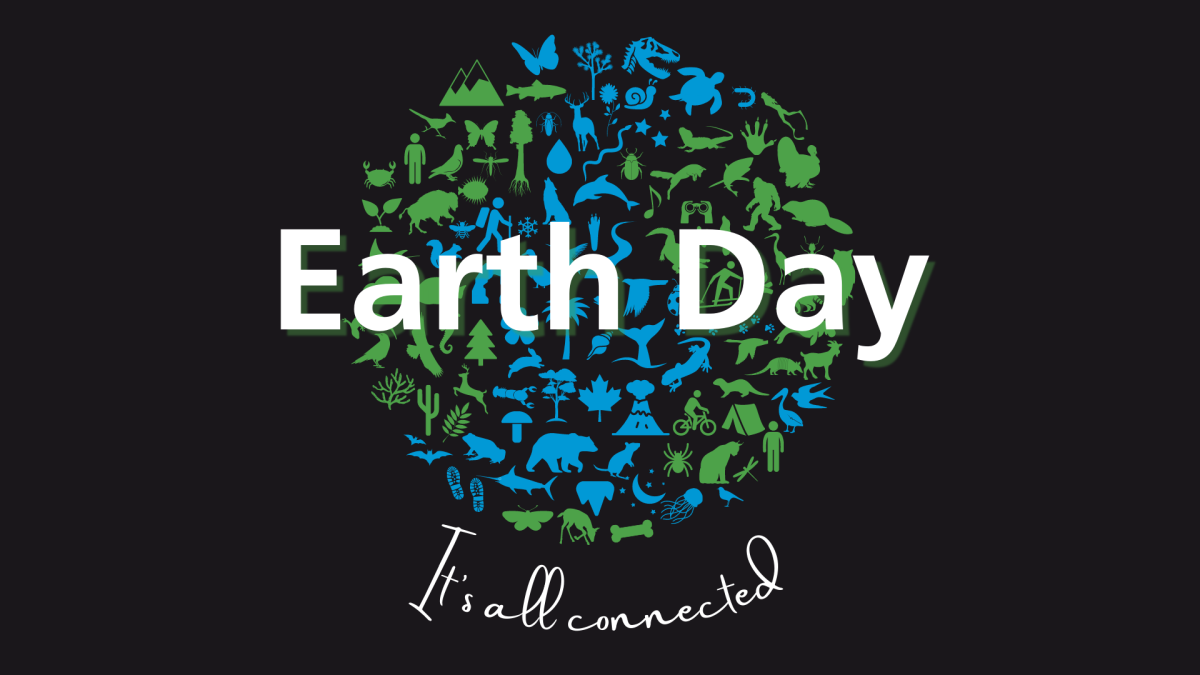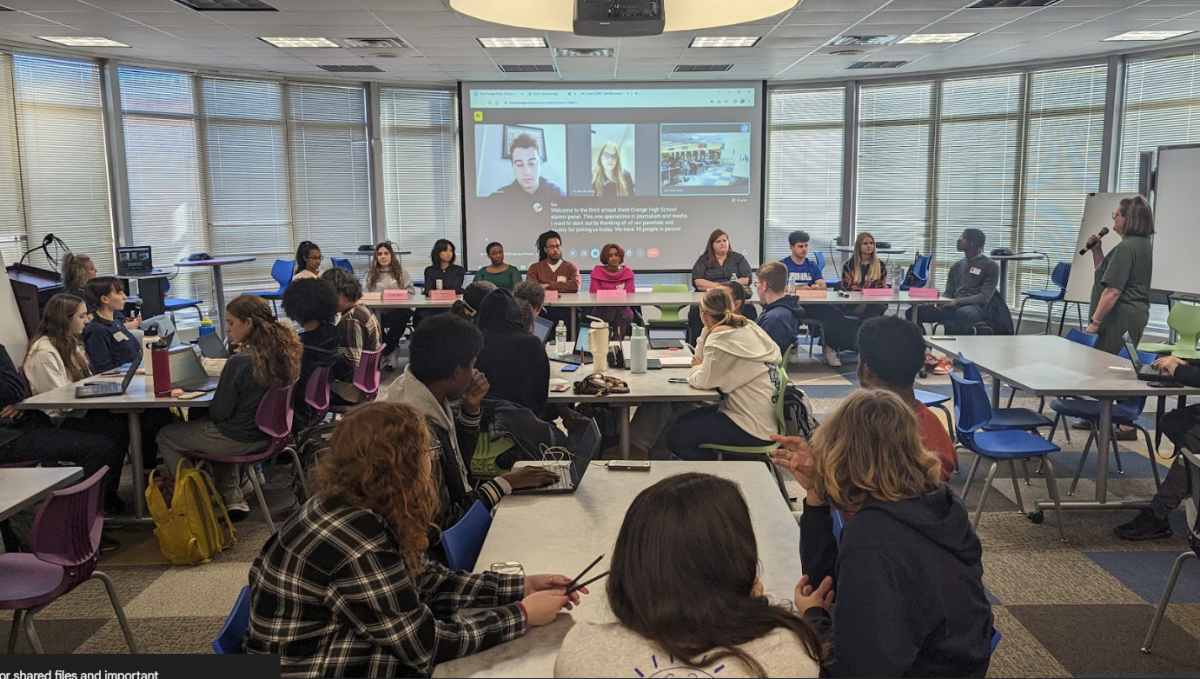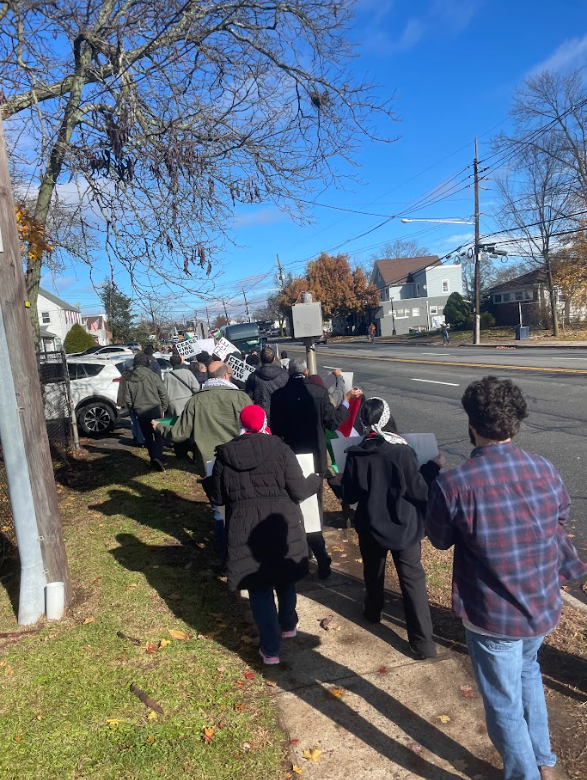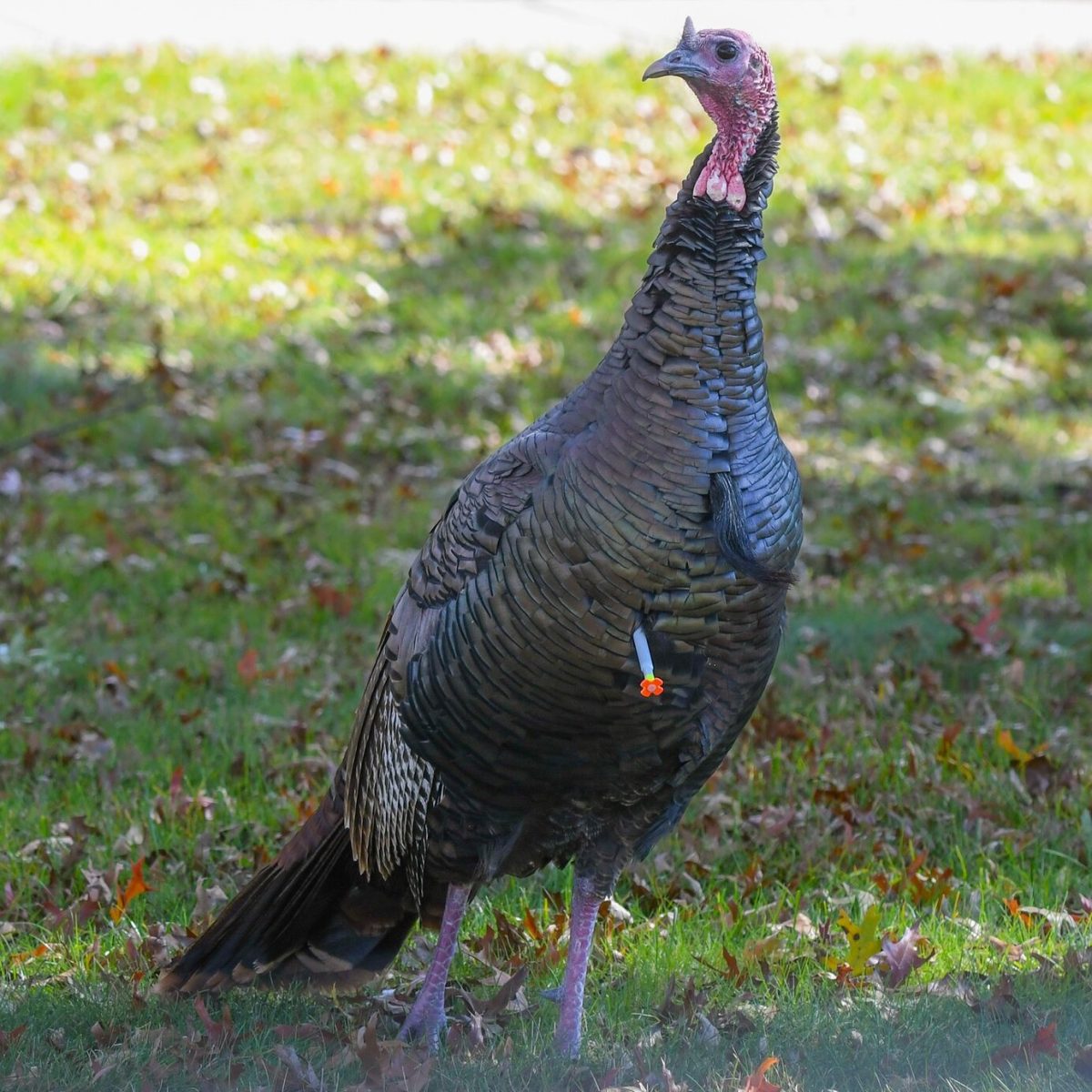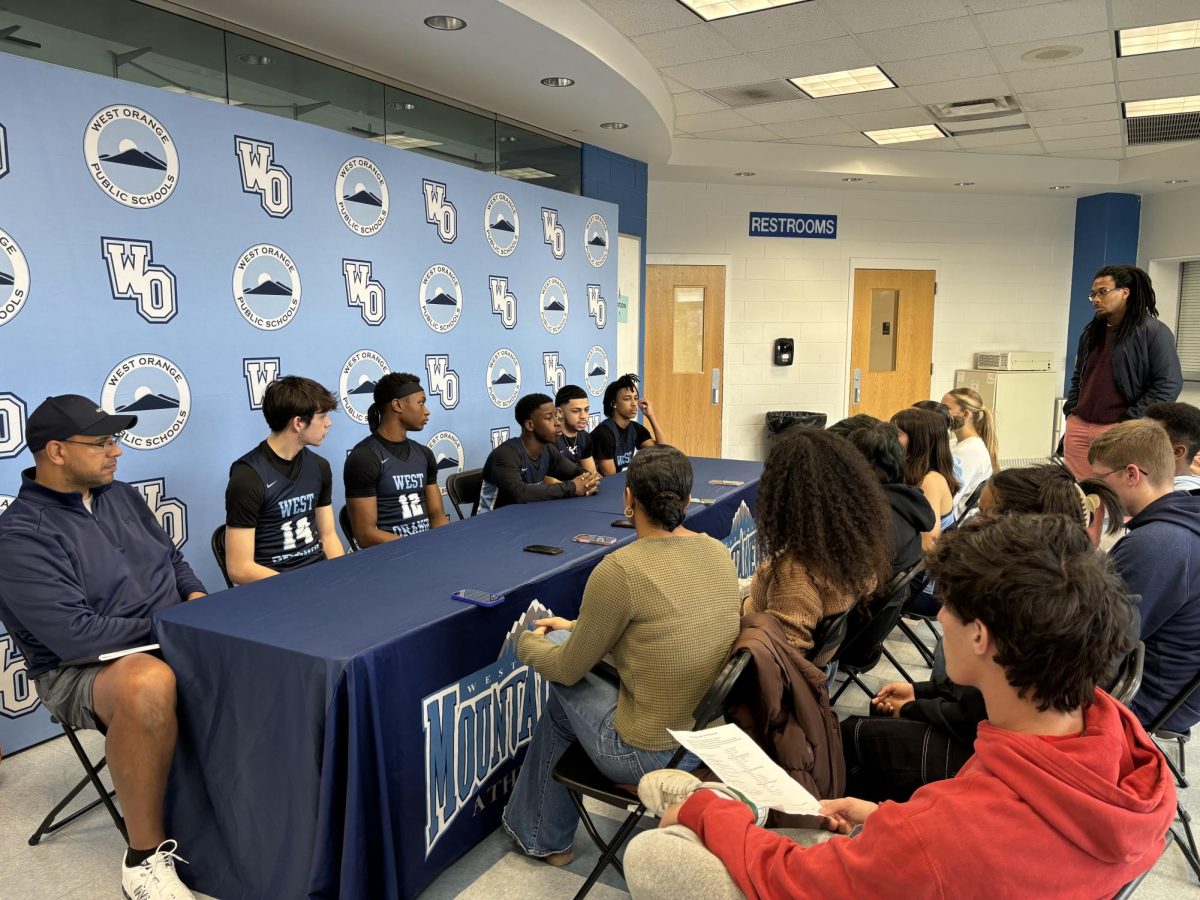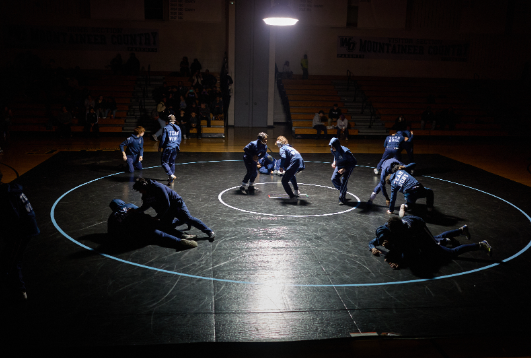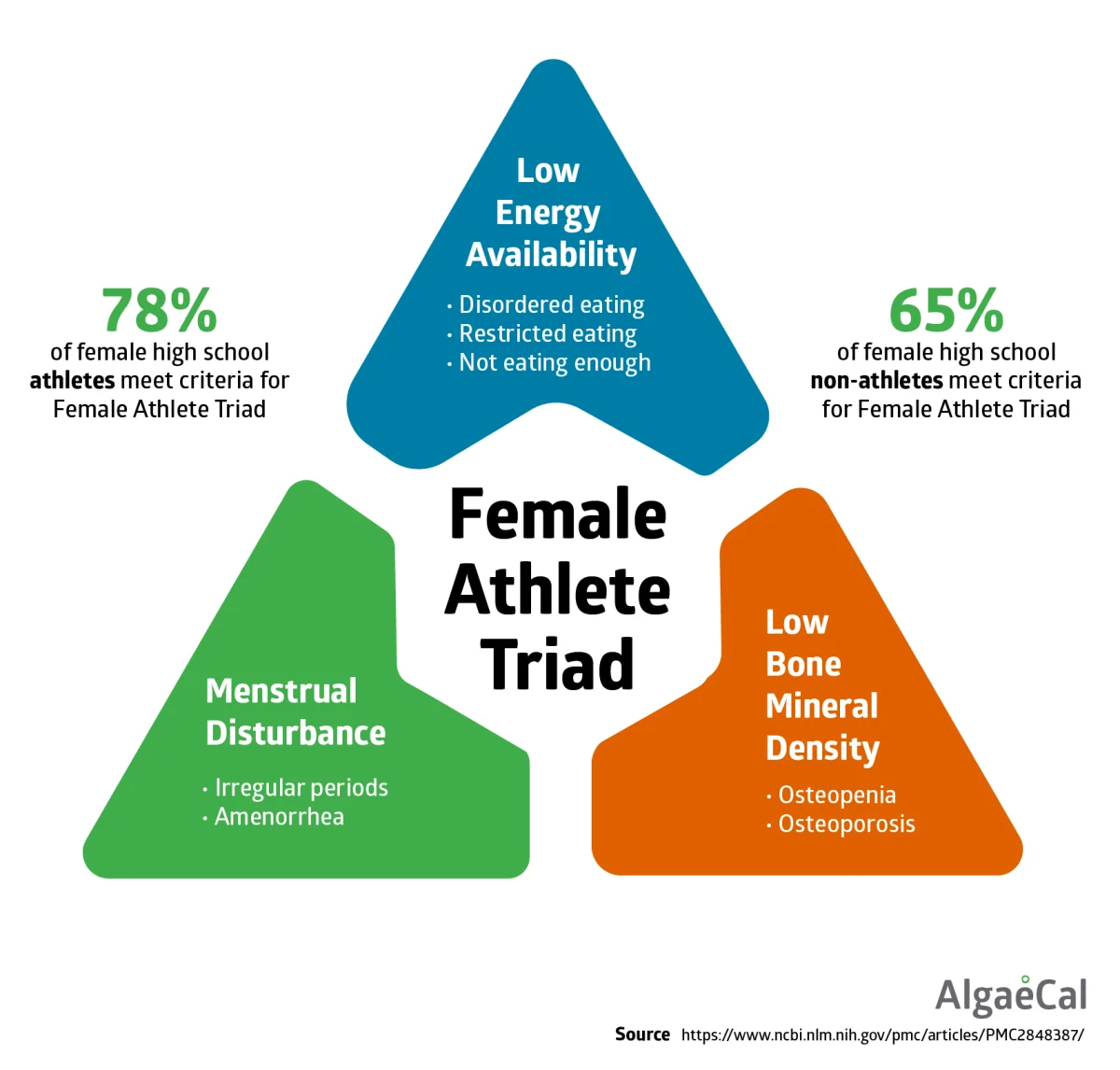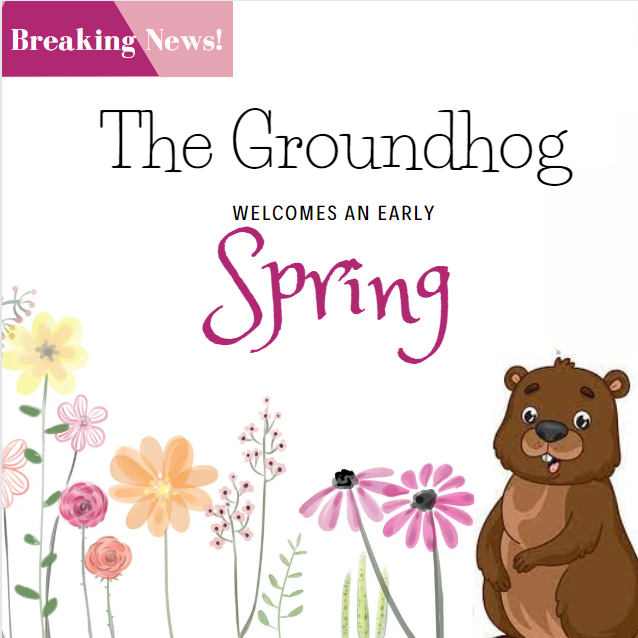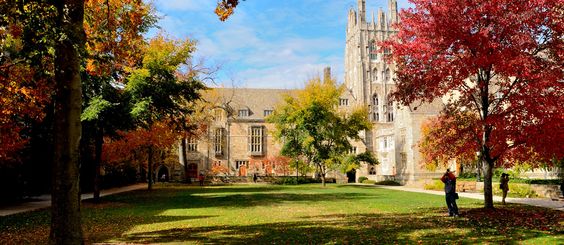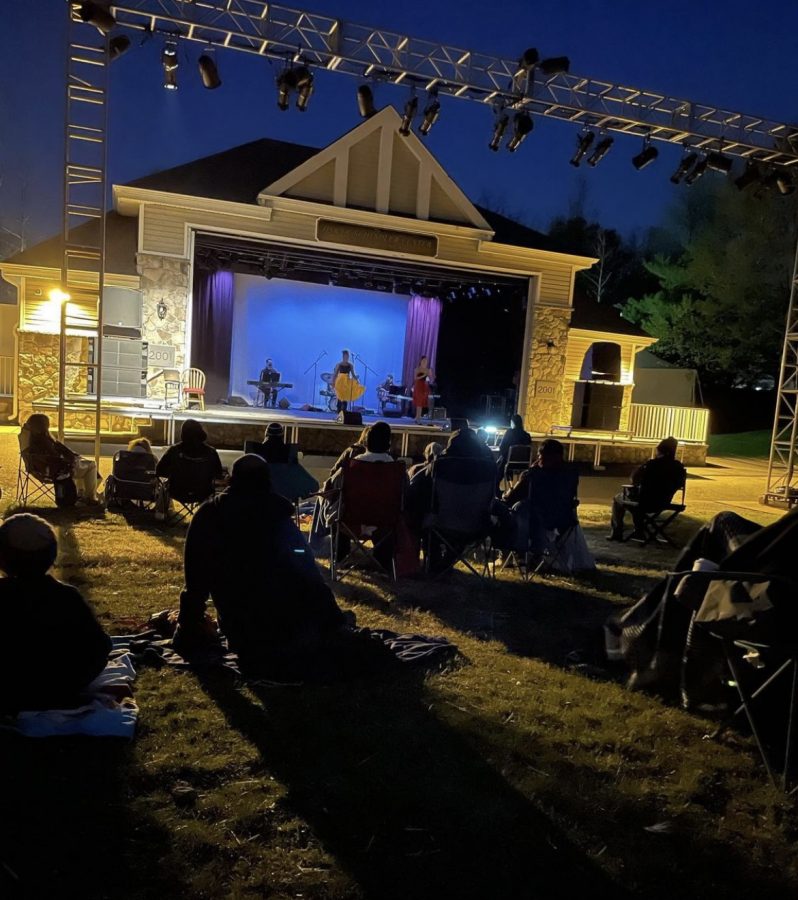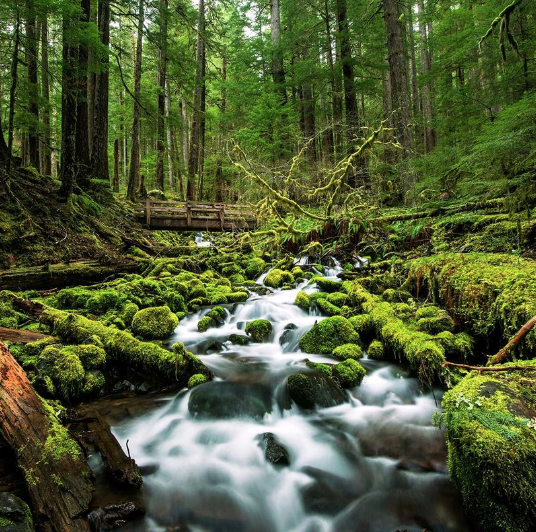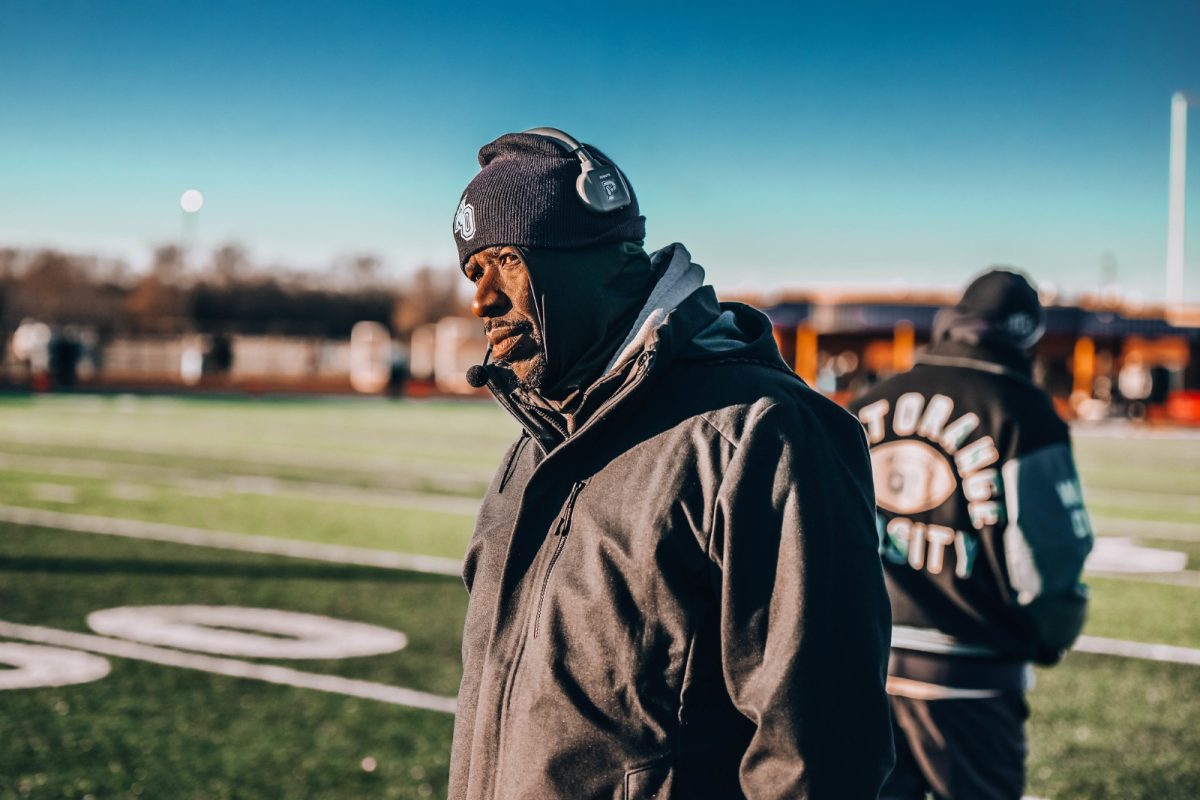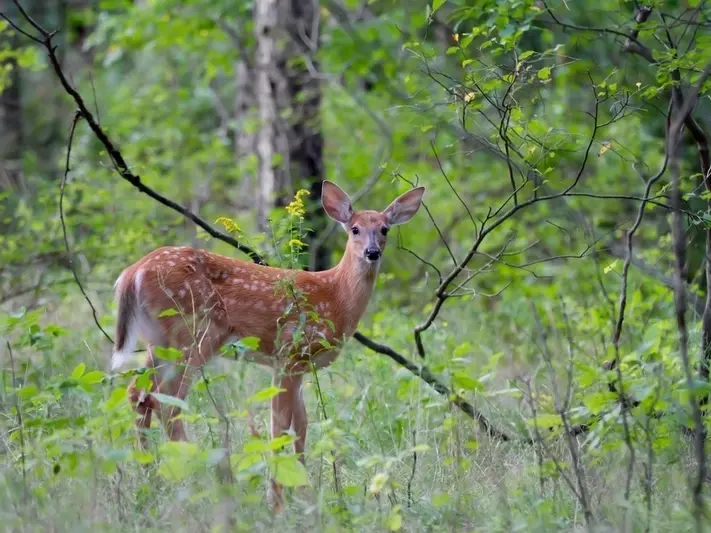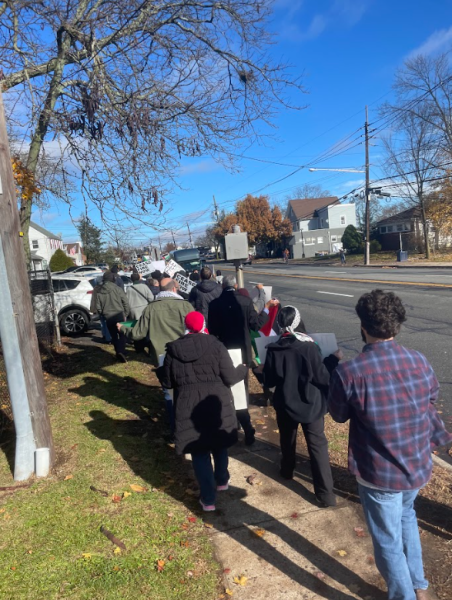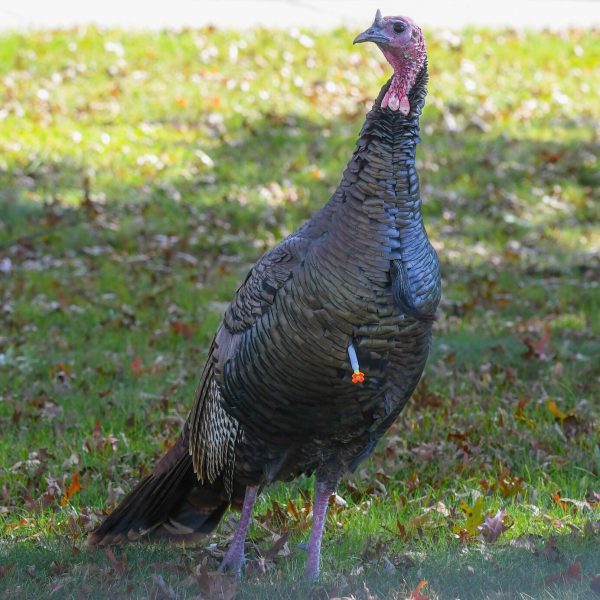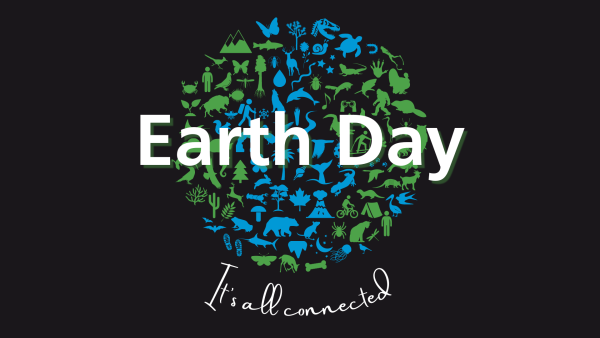Return of the West Orange Annual Deer Cull- The truth about culls
After being canceled in 2021 and 2022 annual hunt sparks Essex County Debate
Living in the suburbs often presents residents with the struggle of how to protect their backyard tomato plants from critters, and leaves them stepping around deer droppings while playing catch with their kids. Many residents resort to pesticides and deer repellants to deter the animals but since 2008, West Orange, along with other Essex county towns has taken a more drastic approach.
This year will be the 13 Essex County-sanctioned deer cull. The hunt was canceled in 2021 and 2022 due to concerns about the COVID-19 pandemic. This year the cull will return to two Essex county reservations, South Mountain Reservation, and Hilltop Reservation. South Moutain Reservation stretches 2112 Acres and covers Maplewood, Millburn, and West Orange. The hilltop reservation covers 284 Acres and includes the towns of Cedar Grove, North Caldwell, and Verona.
When and Where:
South Mountain Reservation has closed it’s parks to the public for the following Tuesdays: January 10th, 17th, 24th, 31st, and February 7th & 14th due to the dear management program. Make-up days for inclement weather include February 21 and 28.
Hilltop Reservation has also closed its parks in preparation for the cull which is scheduled for upcoming Thursdays on: January 12, 19 and 26, and February 2, 9 and 16. Make up days for inclement weather have been set for February 23 and March 2.
Why a cull?
Essex County Executive Joseph DiVincenzo Jr. explains that, “Since 2008, a total of 2,817 deer (1,774 deer and 1,043 unborn deer) have been removed utilizing the services of experienced and qualified marksmen who volunteer their time.” DiVincenzo’s office also released a statement addressing the safety concerns stating that the volunteer marksmen “are licensed by the state of New Jersey and have demonstrated their marksmanship ability and completed an orientation program with the Essex County Department of Parks, Recreation and Cultural Affairs and the Essex County Sheriff’s Office.” The shooters are also required to “station themselves in trees at least 20 feet above the ground and only take shots at a downward angle.” as to “maximize safety.”
Last August the Essex County Board of Commissioners passed a resolution that outlined the goal of the hunt and allowed the Essex County Department of Parks to apply for a permit from the New Jersey Division of Fish and Wildlife. The resolution listed the benefits for the deer cull which included, limiting overbrowsing, deer-related automobile accidents, and damage done to residential areas and landscaping. The resolution also noted that large deer populations can stop forests from regenerating and that the cull would allow the “Essex County Park System’s hardwood forest” to grow back naturally.
Ethics of the matter have been questioned at each stage of the process, however, residents can rest assured that the deer killed in the cull will be used to provide meals for people in need. In past 15 years 47,075 pounds of venison has helped create over 168,000 meals for those in need. After being killed the deer are inspected, and information about their age, reproductive status, sex, and the number of shots fired is recorded. After inspection, a butcher approved by the New Jersey Department of Health processes the venison. The meat is then distributed to the community through the Food Bank Of New Jersey, an organization that provides people struggling with food insecurity nutritious meals. In the past 15 years 47,075 pounds of venison (produced from the essex county dear culls) has created over 168,000 meals for those in need.
What are Deer Culls?
Deer culls is defined as selective hunting among deer herds for a specific, intended result. Deer culls can have many purposes, but in a suburban setting, they most often center around the improvement of human health and vegetation regeneration. Studies conducted by the Essex County Department of Parks reveal that in South Mountain Reservation 118 deer were present (before the beginning of the cull), which translates to 37 deer per square mile. The recommended population for this space 64 deer per 20 square miles. In Hilltop Reservation there is 92 deer per square mile, with a total amount of 209 deer. Here the recommended population is 9 deer per 20 square miles.
The reduction program, this year, aims to reduce South Mountain Resservation’s deer numbers by 86 deer, and Hilltop’s by 88 deer. Since the average white tailed deer can yield around 50 pounds of meat, 1 deer could equate to ½ pound meals for about 100 people. Overall this year’s cull of around 174 deer could provide nearly 18,000 meals through the Food Bank Of New Jersey, to which the meat is donated to. Volunteer shooters are also rewarded with 40 pounds of venison for working at least 7 half-day shifts.
Do deer culls really work?
While the benefits of a deer cull may look like an automatic “yes” for suburban communities some advocates for animal rights say that culls have little effect in the long run.
In Defense of Animals (IDA), an animal protection organization explains that culls are more complicated than first glance suggests. For one certain law protect does in the wild, doe to buck ratios are typically eight to one, so populations often boom during mating season. Of course, killing large amounts of does and bucks would cause the deer’s population to drop dangerously low, an “open season on both sexes won’t solve the problem” says the Scientific American, “as too many would die, stranding needy fawns and depleting the reproductive pool.”
Other research shows that actually hunting deer causes an evolutionary effect known as the Compensatory Rebound Effect. This occurs in populations that have been significantly lowered, with increased access to food, the rate of reproduction also soars. Deer have been observed to produce more twins when this effect occurs.
A 1990 report “An Assessment of Deer Hunting in New Jersey, New Jersey Fish and Game” revealed, “that even during hunting seasons in which killing female deer was the objective (antlerless seasons), the remaining females had increased birthrates that not only replaced the ones killed but increased the overall size of the herd.”
Typically animal populations tend to regulate themselves naturally due to constant competition for resources, and disease spread among the population. The League of Humane Voters of New Jersey spoke out about deer culls in response to the 2017 cull, stating, “Hunting stimulates deer fertility and is inhumane. Deer are social, intelligent, and gentle animals whose lives matter to them, their offspring, and their family units. Deer can feel pain just like us. Hunting will orphan fawns and shatter family groups.”
Our Green West Orange, an environmental and animal rights advocacy group in West Orange, shunned the prospect of the program returning during 2022 debates, arguing, “Our reservations are meant for hiking, not for killing. Isn’t there enough violence in our county without having to hear gunshots in our backyards or watch dead carcasses being carried out of our beloved reservation?”
This being said, a dear cull will never be an “end-all-be-all” to solve the suburban deer population influx. So are there better, possibly more “humane” ways to control the deer population?
Alternative options
Fertility Management is one option that some areas have used instead of annual hunts. The process sterilizes deer so that they cannot reproduce. This causes a gradual decrease in the population through non-lethal measures. “Sterilization generally involves darting doe with a tranquilizer, and doing an ovariectomy (a safe and less invasive sterilization procedure that involves the removal of the ovaries that makes the deer permanently infertile and unable to go into estrus).” says, Stoptheshoot.org, an advocacy group based in Ann Arbor Michigan, “The technique takes about 20 minutes and each animal is tagged, administered a drug to reverse the tranquilizer and is set free.”
Besides deer-automobile accidents, (which are at their height during October-December, mating season,) a major source of complaints comes from deer feeding on gardens and outdoor displays in residential areas. Humans tend to attract deer because we plant vegetation that is better food quality than many animals find in the wild. As we develop more land, deer are pushed out of their homes and attracted toward better fertilized and well-maintained gardens that can provide them with the best meals. This being the case, their numbers increase. While the cull, the county says, will prevent the frequency of these occurrences there are multiple non-lethal ways to safely deter deer from munching on your mums.
Deer don’t like new things. Using this basic rule, gardeners swear by techniques like hanging ivory soap near their plants (making sure to change the scents every few weeks or else the deer will eventually become familiar with the scent and not be scared away.) This works the same way for deer repellants as the animals can adjust to the scents they spray quickly. If you do decide to use repellants there are multiple routes to take. Some opt for DIY odor repellents which include rotten eggs, hair, fabric softener, garlic, bloodmeal, or mothballs. Garden stores and nurseries also offer chemical deer repellants like Deer Out, Ropel, and Deer Busters. These should be used only as instructed and it’s always a safe bet to use the most organic options.
Deer also tend to steer clear of shiny, or reflective objects, tying aluminum foil dishes to shrubs or trees can assist in scaring deer away. Of course, fencing is also an obvious option, however, keep in mind that deer can make high or long jumps. Stoptheshoot.org, explains, “Deer can jump up or across– but not both– that is, they cannot physically make a high and broad jump– only one or the other. They also won’t jump over a fence if they don’t believe they’ll land on a safe surface.” The organization suggests “strategic fencing” to best keep deer out.
Despite our efforts to keep deer out, they just keep coming, a sign to humans, who was really here first.
Further Reading:
The Buck Stops Here: Do We Really Need to Cull Deer Herds?
Study questions link between increases in Lyme disease and deer
